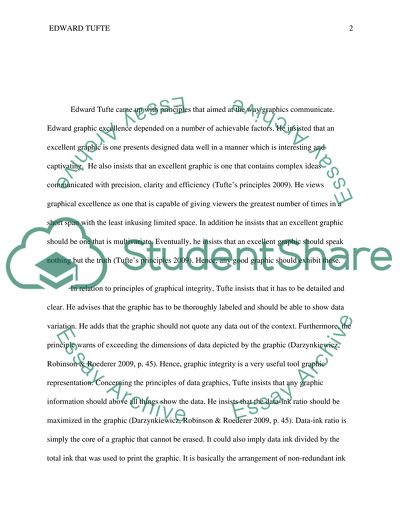Cite this document
(“Edward Tufte Graphics Essay Example | Topics and Well Written Essays - 2000 words”, n.d.)
Edward Tufte Graphics Essay Example | Topics and Well Written Essays - 2000 words. Retrieved from https://studentshare.org/visual-arts-film-studies/1436198-edward-tufte
Edward Tufte Graphics Essay Example | Topics and Well Written Essays - 2000 words. Retrieved from https://studentshare.org/visual-arts-film-studies/1436198-edward-tufte
(Edward Tufte Graphics Essay Example | Topics and Well Written Essays - 2000 Words)
Edward Tufte Graphics Essay Example | Topics and Well Written Essays - 2000 Words. https://studentshare.org/visual-arts-film-studies/1436198-edward-tufte.
Edward Tufte Graphics Essay Example | Topics and Well Written Essays - 2000 Words. https://studentshare.org/visual-arts-film-studies/1436198-edward-tufte.
“Edward Tufte Graphics Essay Example | Topics and Well Written Essays - 2000 Words”, n.d. https://studentshare.org/visual-arts-film-studies/1436198-edward-tufte.


